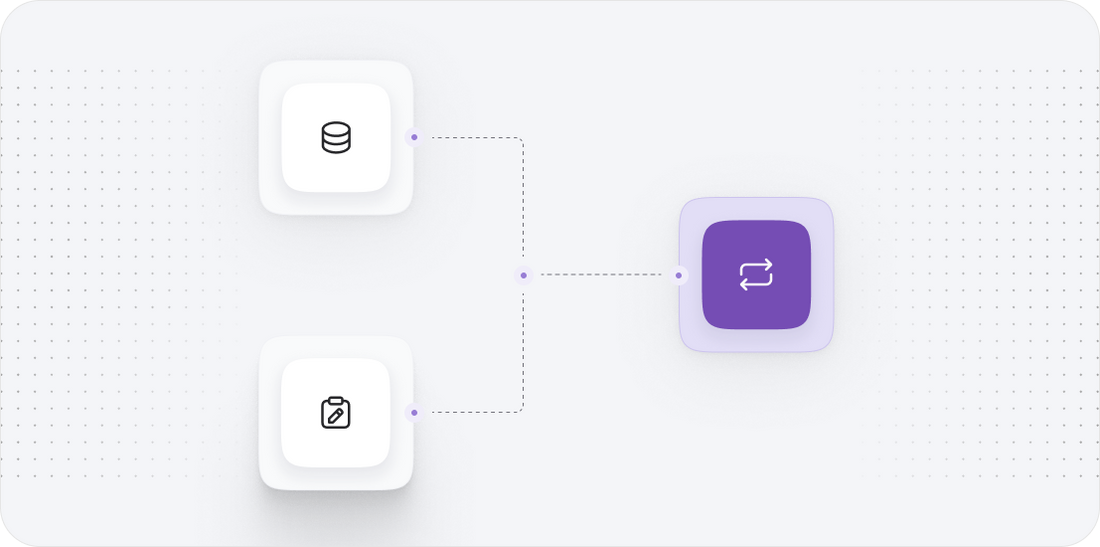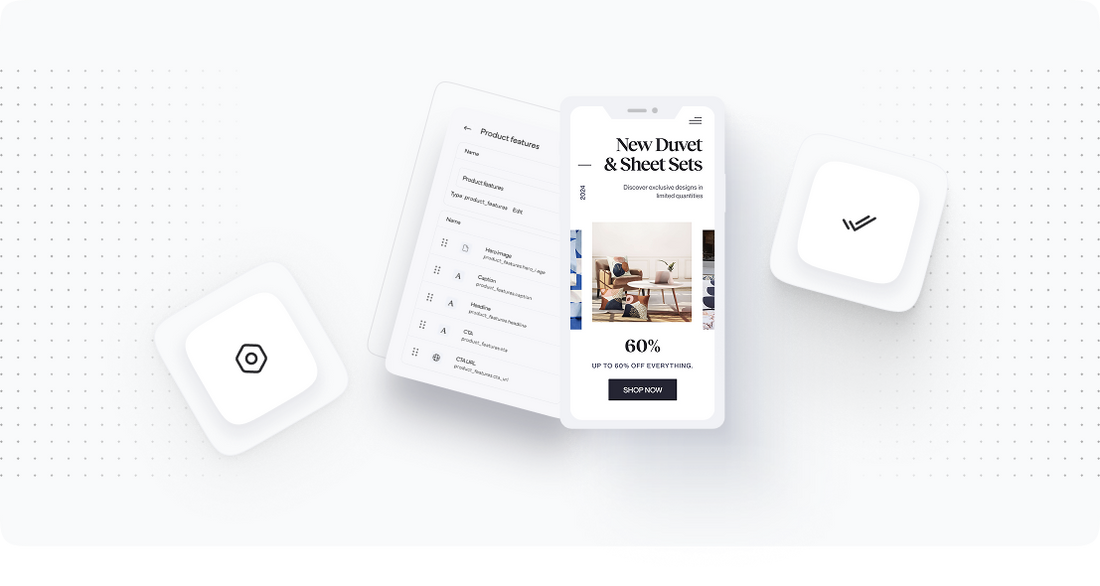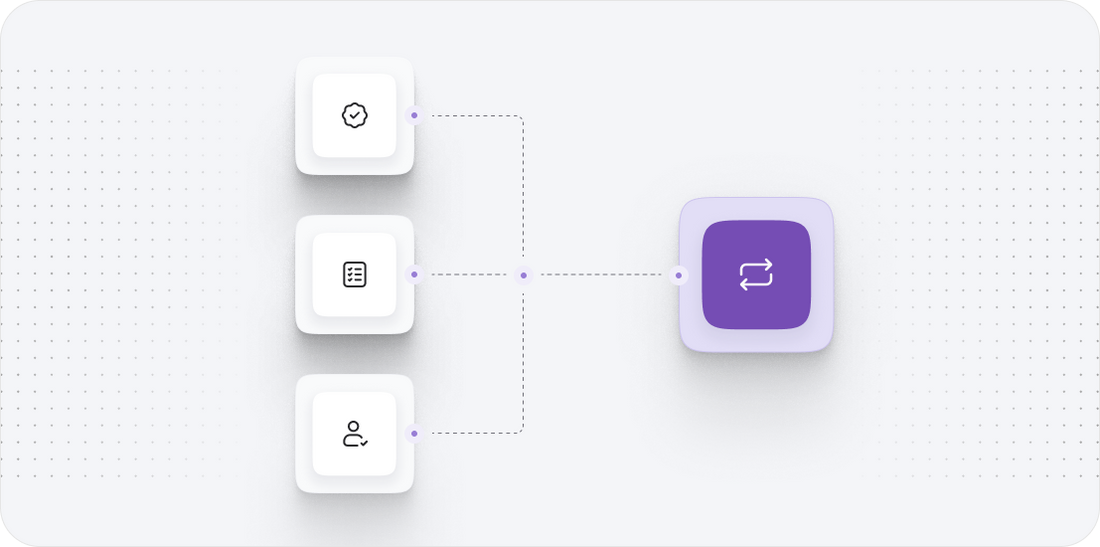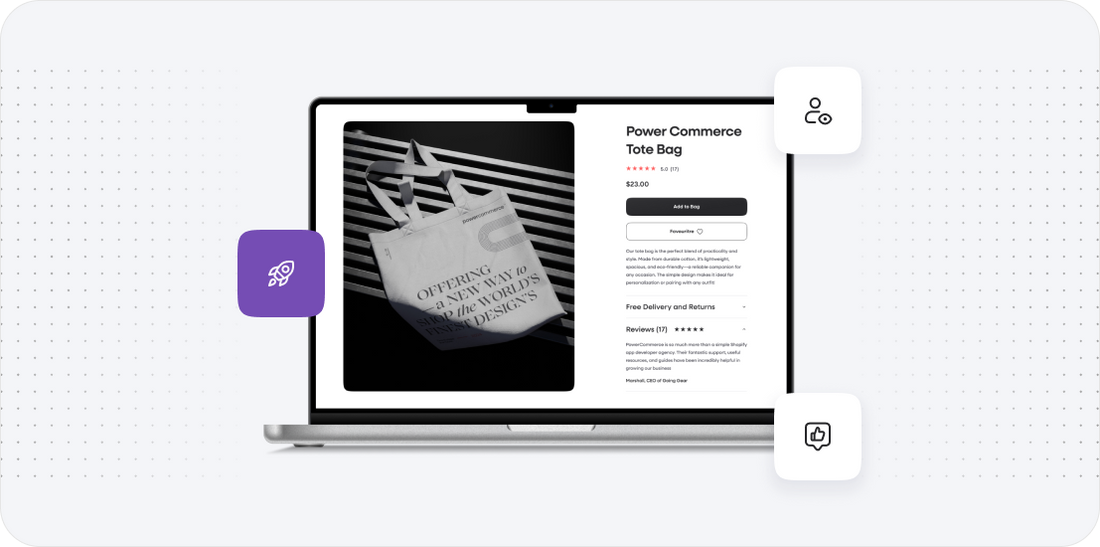





Shopware to Nopcommerce
Migrating your store from Shopware to Nopcommerce might seem daunting, but with proper planning and the right tools, it's a smooth process. Follow this step-by-step guide to ensure a successful transition.
Schedule a call
Step-by-Step Migration Guide: Shopware to NopCommerce migration guide
Step 1: Preparing Your Shopware Store for Migration
In this step, we will focus on preparing your Shopware store for a seamless migration to NopCommerce by backing up data and organizing files.
Step 2: Setting Up Your NopCommerce Environment
This step involves setting up your NopCommerce environment to ensure readiness for the incoming data from Shopware.
Step 3: Data Migration Preparation
In this step, we will prepare for the actual data migration by selecting data types and configuring migration settings.
Step 4: Executing the Migration Process
Here, we will execute the migration process using the selected migration tool or method to transfer data from Shopware to NopCommerce.
Step 5: Verifying the Migrated Data
After migration, we will verify the accuracy and completeness of the migrated data in your new NopCommerce store.
Step 6: Finalizing Store Settings and Customizations
In this step, we will finalize the settings, apply customizations, and prepare your NopCommerce store for launch.
Step 7: Launching Your NopCommerce Store
Finally, we will prepare to launch your NopCommerce store, ensuring everything is in place for a successful go-live.
Power Your Step - Get in Touch
Contact PowerCommerce for expert support in your migration journey and to ensure a smooth transition to NopCommerce.
Step 1: Preparing Your Shopware Store for Migration
Before initiating the migration from Shopware to NopCommerce, it is crucial to prepare your Shopware store adequately. This preparation ensures that all data transitions smoothly and minimizes the risk of data loss or corruption. We recommend starting with a comprehensive data backup to safeguard your existing information.
Begin by backing up your Shopware store data, which includes customer details, product information, order history, and any additional content you may have. This step is vital not only for securing your current data but also for providing a restore point in case any issues arise during the migration process.
- Backup Database: Use tools like phpMyAdmin to export your entire database. This should include all tables related to products, customers, orders, and configurations.
- Export Media Files: Collect all media files, such as images and videos, from the
/mediadirectory of your Shopware installation. - Backup Custom Code: If you have implemented any custom themes or plugins, ensure these are backed up as well. This can be done by copying the relevant directories from the
/themesand/custom/pluginsfolders.
Once you have completed the backup, verify the integrity of the data by ensuring that all exported files and database entries are intact. This verification will serve as a safety net as we move forward in the migration process.

Step 2: Setting Up Your NopCommerce Environment
With your Shopware data safely backed up, the next step in our migration journey is setting up your NopCommerce environment. This setup is essential to ensure that the new platform can accommodate your existing data and functions effectively as your new storefront.
Begin by installing NopCommerce on your chosen hosting environment. NopCommerce can be installed on various platforms, including shared hosting, VPS, or dedicated servers. Ensure your hosting meets the following requirements:
- .NET Framework: NopCommerce requires the .NET Framework, typically .NET 5 or higher, depending on the version you are installing.
- Database: You will need to set up a SQL Server database for NopCommerce. This can be done through your hosting control panel or SQL Server Management Studio.
- File Permissions: Ensure that the directories for
/content,/plugins, and/mediahave the correct permissions set to allow NopCommerce to write files during operation.
After the installation is complete, configure basic settings in the NopCommerce admin panel, such as site name, currency, and payment methods. This initial configuration will help to create a functional store environment that mirrors your Shopware setup.

Step 3: Data Migration Preparation
Having established a working environment on NopCommerce, the next phase is to prepare for data migration. This preparation involves selecting which data types you wish to migrate and configuring the necessary settings to ensure a smooth transfer.
Identifying the specific data you want to migrate is crucial. Generally, the following items should be considered:
- Products: This includes product names, descriptions, SKUs, prices, and inventory levels.
- Customers: Ensure customer data, including names, email addresses, and order history, are migrated to maintain continuity.
- Orders: Migrating past orders is essential for customer service and record-keeping.
- Categories: The structure of your product categories must be replicated in NopCommerce for an organized shopping experience.
Once you’ve identified the data types, configure the migration settings. If you are using a migration tool, make sure to select the specific data entities you wish to transfer and any additional options such as SEO URLs and image transfers. This step may also include mapping fields from Shopware to their corresponding fields in NopCommerce to ensure data integrity during the migration.

Step 4: Executing the Migration Process
With all preparations complete, it’s time to execute the migration process. This step is where you will utilize a migration tool or service to facilitate the actual data transfer from Shopware to NopCommerce. There are various tools available that can automate this process, ensuring accuracy and efficiency.
To begin, follow these steps:
- Choose a Migration Tool: Select a migration tool that supports Shopware to NopCommerce transfers. Tools like LitExtension or Cart2Cart are popular options that provide user-friendly interfaces for migration.
- Connect Your Stores: Using the migration tool, connect your Shopware store as the source and your NopCommerce store as the target. You will be required to provide connection details such as API keys or admin URLs, depending on the tool used.
- Start the Migration: Once connected, initiate the migration. The tool will begin transferring data based on the previously selected settings. This process can take time, depending on the volume of data being moved.
During the migration, monitor the process for any errors or warnings that may arise. Most tools provide logs detailing the migration steps, which can be invaluable for troubleshooting issues as they occur.

Step 5: Verifying the Migrated Data
After the migration is complete, it is crucial to verify that all data has been transferred accurately and completely. This verification step helps to identify any discrepancies or missing data that may need to be addressed before launching your new NopCommerce store.
Begin by checking the following:
- Products: Review a sample of products in NopCommerce to ensure that all product details, including descriptions, prices, and images, were migrated correctly.
- Customers: Check customer records for completeness, including names, email addresses, and order histories.
- Orders: Validate that all past orders have been transferred without errors and that their statuses are accurately reflected.
- Categories: Ensure that category structures mirror those from Shopware, facilitating an easy transition for returning customers.
If any data is missing or incorrect, use the migration tool’s options to rectify these issues. This could involve re-running the migration for specific entities or manually correcting errors within the NopCommerce admin panel.

Step 6: Finalizing Store Settings and Customizations
With data verification complete, it’s time to finalize your NopCommerce store settings and apply any desired customizations. This step is crucial for ensuring that your store not only functions correctly but also aligns with your branding and operational needs.
Consider the following adjustments:
- Store Configuration: Set up essential store configurations, including shipping methods, payment gateways, tax settings, and customer notifications.
- Theme Customization: Choose a theme that reflects your brand identity. Customize it using NopCommerce's theme editor to adjust colors, fonts, and layouts to match your previous store or desired aesthetic.
- Plugins and Extensions: Install any necessary plugins to enhance functionality, such as SEO tools, analytics, or marketing integrations.
Ensure that everything is set as per your business needs. It may also be beneficial to perform a test transaction to confirm that the entire purchasing process functions smoothly before going live.

Step 7: Launching Your NopCommerce Store
As you prepare to launch your NopCommerce store, it's essential to ensure that all aspects of your site are ready for public access. This final step involves several key actions to confirm your store's functionality and readiness.
Follow these guidelines:
- Testing: Conduct thorough tests of all functionalities, including browsing products, adding to cart, checkout processes, and payment processing.
- SEO Optimization: Verify that all SEO settings are correctly configured, including meta titles, descriptions, and friendly URLs to ensure visibility in search engines.
- Go Live: Once testing is complete and you are satisfied with the setup, remove any maintenance mode settings and officially launch your store.
Post-launch, monitor the site for performance issues and customer feedback to address any concerns promptly. This proactive approach will help ensure a successful transition and ongoing customer satisfaction.

Power Your Step - Get in Touch
Ready to take the next step in your ecommerce journey? At PowerCommerce, we are dedicated to ensuring that your migration from Shopware to NopCommerce is as seamless and efficient as possible. Our team of experts is here to provide you with personalized support, ensuring that your data transfer is accurate and that your new store operates flawlessly.
Get started today:
- Visit our contact form: Contact Us.
- Call us at 800-099-9090 for immediate assistance.
- Email us at info@powercommerce.com for any inquiries.
With our industry expertise and commitment to your success, we will guide you through every step of the migration process. Don’t wait--contact us today to power your ecommerce success!
Stay aligned on what's happening in the commerce world
Trusted by 1000+ innovative companies worldwide
Schedule Your Migration Today
For businesses prioritizing simplicity, scalability, and robust support, Shopify is the clear winner.
Looking to migrate without hassle? Power Commerce can handle the entire process, ensuring smooth data transfer, store setup, and post-launch success.
Marka Marulića 2, Sarajevo, 71000 BiH
00387 60 345 5801
info@powercommerce.com


